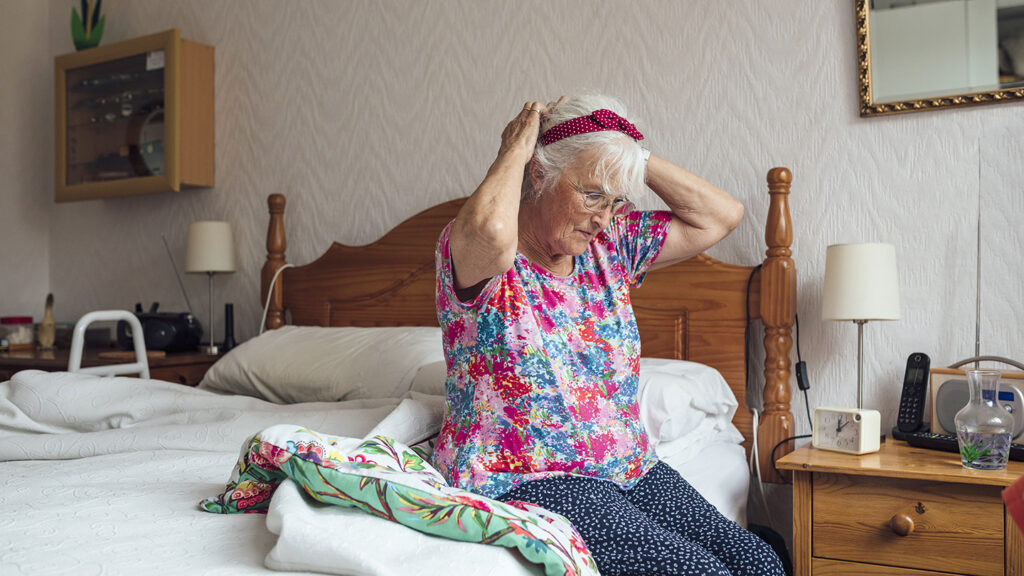
The cost of getting a mammogram and access to providers aren’t the only obstacles women face when it comes to getting mammograms, according to a new report. About 3 in 10 women between the ages of 50 and 74 who had more than three health-related social needs didn’t get the breast scans.
The more health-related social needs a woman has, the less likely she is to get a mammogram, the report stated.
The report was published Tuesday by the US Centers for Disease Control and Prevention.
Other factors that affect a woman’s likelihood of getting a mammogram include lack of transportation, less hours at work, feeling isolated, and experiencing food insecurity.
Data came from the 2022 2022 Behavioral Risk Factor Surveillance System. Authors hope the report helps lawmakers and clinicians take into account these factors when pushing for more people to get the scan.
“We have to address these health-related social needs to help women get the mammograms they need,” Debra Houry, MD, the CDC’s chief medical officer, said in a statement.
“Identifying these challenges and coordinating efforts between healthcare, social services, community organizations and public health to help address these needs could improve efforts to increase breast cancer screening and ultimately save these tragic losses to families,” Houry added.
Researchers found that the cost of healthcare was the greatest challenge that women faced among those who hadn’t gotten mammograms in the past two years. Not having insurance, low income and no regular source for healthcare were other factors affecting their likelihoods of receiving mammograms.
“If we are to achieve higher breast cancer screening for all women, we have to look at all the possible challenges women face in getting mammograms,” Lisa Richardson, MD, director of the CDC’s Division of Cancer Prevention and Control, said. “Healthcare providers can now assess whether women have health-related social needs and help women get the services they need. Every woman should be able to get screened for breast cancer without barriers.”
Women between 50 and 74 should get screening mammograms every two years, the U.S. Preventive Services Task Force recommends.



